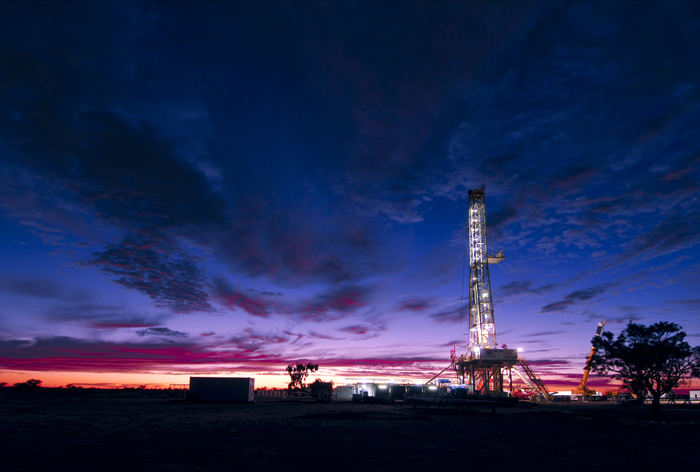Geodynamics soon to commence hydraulic fracture stimulation at Innamincka project
Australian Geodynamics reports successful conclusion of operations to complete Jolokia 1 well and that it will shortly commence hydraulic fracture stimulation at the Innamincka Deeps JV.
Reported by the company, “Geodynamics Limited, as Operator of the Innamincka ‘Deeps’ Joint Venture, is pleased to report that it has successfully concluded operations to complete its Jolokia 1 well and will shortly commence hydraulic fracture stimulation of the granite to create a geothermal reservoir.
The one-off completion at Jolokia 1 involved the installation of new liners from the surface to the granite. The liners are made from material that will withstand the chemistry conditions present in the reservoir and have been independently quality assured.
The Jolokia site is located 9 km away from the Joint Venture’s original heat exchanger at the Habanero site. The hydraulic stimulation program at Jolokia 1 will commence over the coming days with the objective of creating a second underground heat exchanger at the Jolokia site.
Successful fracturing of the granite at Jolokia will confirm that Geodynamics can readily create heat exchangers across its tenement areas and will mark completion of the first milestone in the ‘Deeps’ forward work program announced in April 2010.
The program will focus on stimulating fractures in the lower section of the granite that have been identified using a combination of conventional logging and a newly deployed, purpose-built imaging tool. As previously reported, logging results have confirmed that the temperature at Jolokia is approximately 8 degrees higher than the company’s Habanero site (at the same depth), making Jolokia 1 the hottest known EGS geothermal well in the world at this depth. Temperatures in Jolokia at 4,900 m are around 278 °C.
Hydraulic stimulation activities will be recorded by Geodynamics’ seismic monitoring network located at Habanero, Jolokia and Savina with preliminary results from the program expected end October.”
Source: Geodynamics


















